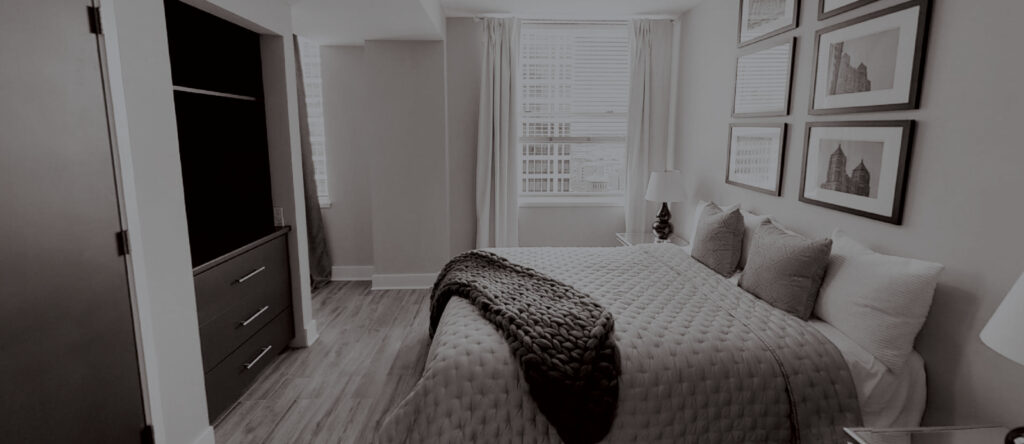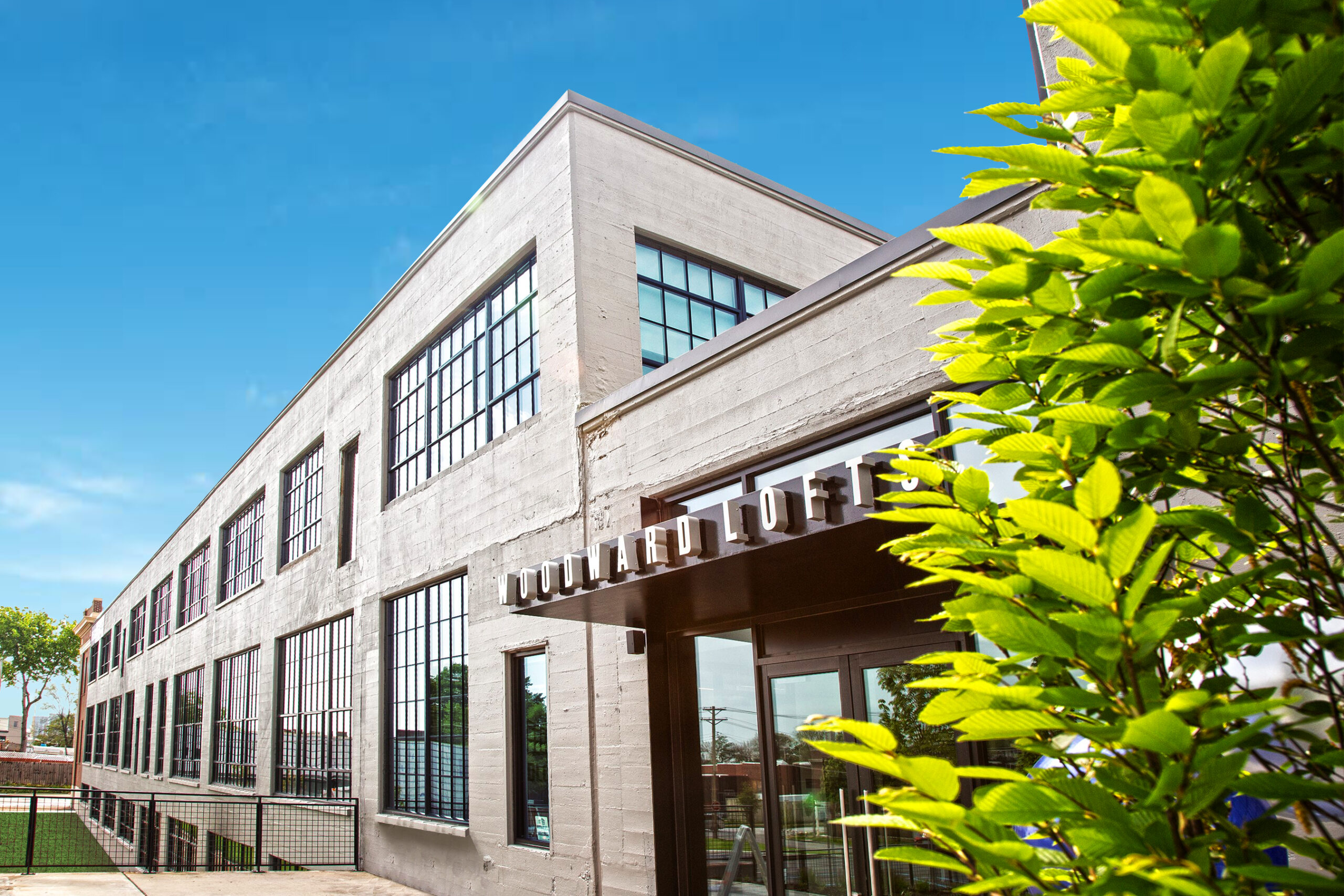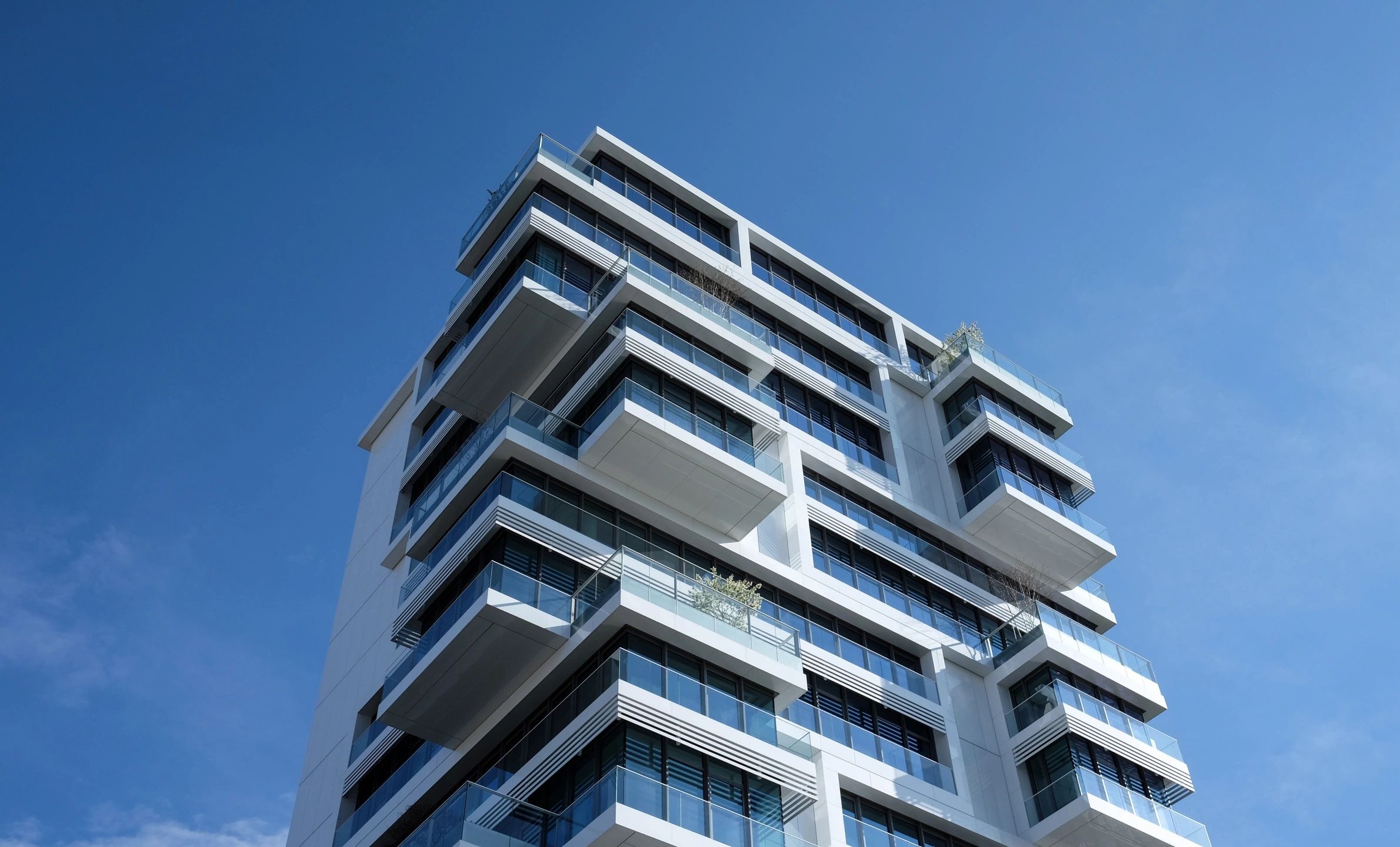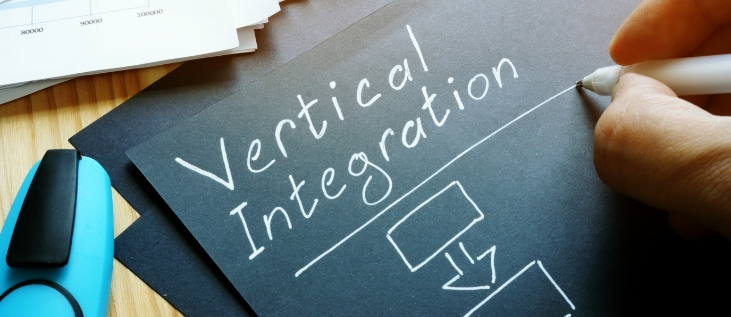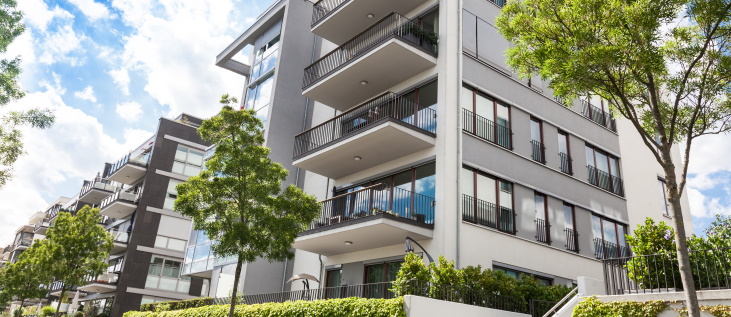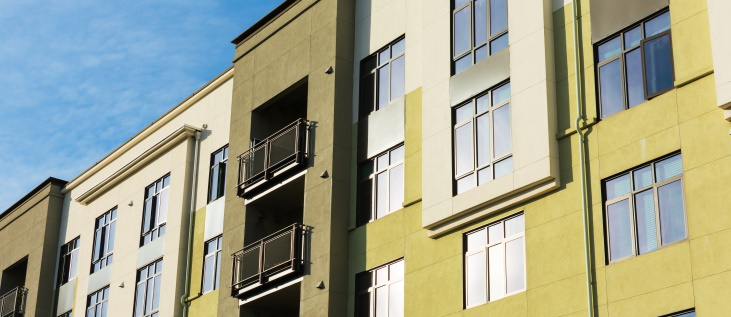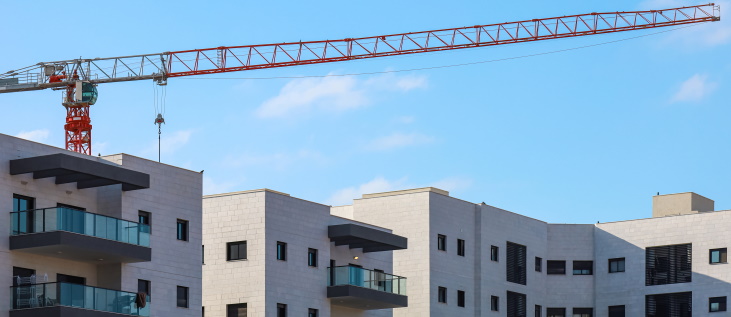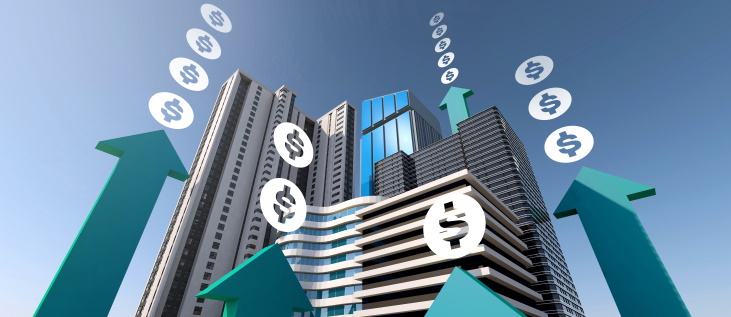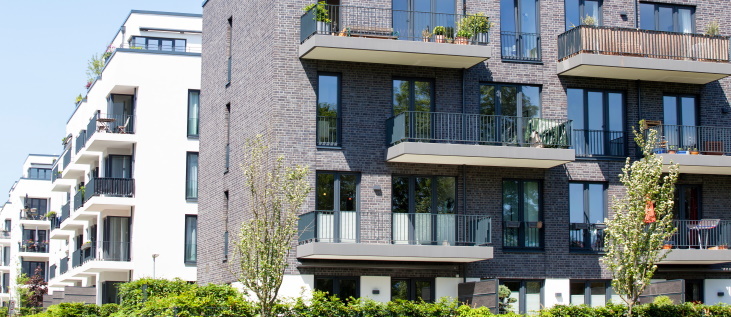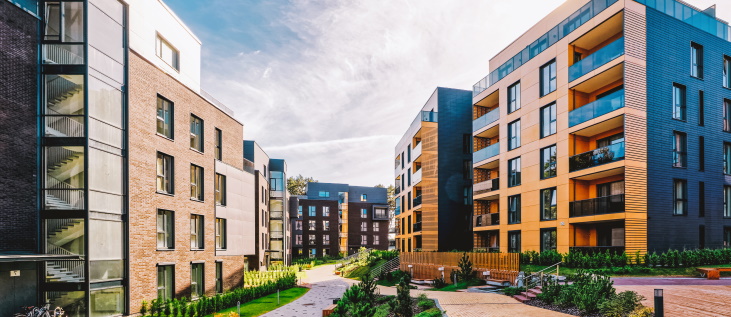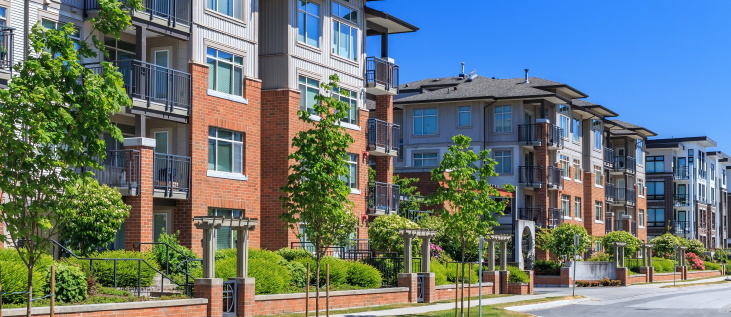Why Invest in Multifamily Properties
Often when investors begin researching real estate as an asset class to invest in, they quickly find themselves overwhelmed with choices. Whereas stock and bond investing are relatively straightforward concepts, real estate represents many widely varying types of investments – each with their own benefits and risks, each requiring different levels of knowledge and involvement from the investor.
Will you invest in a commercial building, a residential property or a piece of undeveloped land, for example: Will you opt for an active investment where you buy and manage a property yourself, or a more passive investment where you take an ownership stake in real estate and let professionals manage the properties’ day-to-day operations?
Any of these types of investments might represent viable opportunities for you, but this article will focus specifically on the benefits of investing in multifamily property. As we at Worcester have discovered in more than a decade of investing in multifamily real estate, these properties can offer several distinct advantages for investors.
6 Key Benefits of Multifamily Investing
1. Positive Cash Flow
Multifamily residential properties tend to produce positive cash flow – meaning cash in the owner’s pockets, month after month, even after paying for all expenses on the property. There are several reasons for this.
First, when you own a multifamily property, you are charging more than one tenant each month, so you’re collecting revenue from several sources. This means you are in effect diversifying your investment in that property. If you have a vacancy in one unit, you are still collecting some revenue from your other tenants. This is in contrast to owning and renting a single-family residence, where if your tenant leaves you collect no revenue on that property until you find a new tenant.
A second reason multifamily properties can produce cash flow is that you can create additional revenue streams on the property you already own – onsite laundry facilities, for example, or paid additional parking for your tenants (or even for non-tenants).
2. Significant Tax Advantages
Investors in most types of real estate enjoy tax benefits, but multifamily properties offer some unique tax advantages. Perhaps the most compelling is the depreciation deduction.
When you own a multifamily residential property, the federal government allows you to take a significant depreciation-based deduction every year against the property, equal to 3.6% of its value at the time you purchased it.
This means that if you buy a small apartment building for, say, $500,000, then each year you’ll be allowed to deduct about $18,000 from the property on your taxes. In practical terms, this often means you can deduct a significant amount of the income your property generates – and in some cases even show a loss for the year. Multifamily property owners are sometimes even legally entitled to a tax refund in years when their property actually generated plenty of income.
3. Economies of Scale
An investor who owns and rents out six single-family homes will have to manage each of those properties separately. If they are spread a wide geographical area (in different cities, or even across several states) this will mean hiring different landscaping companies, painters, carpet cleaners or property managers to handle the day-to-day maintenance and upkeep of each property.
With a six-unit multifamily building, by contrast, the owner can still enjoy the benefits of six rental checks each month (plus whatever additional revenue the owner can create by adding amenities) – but will be able to manage the maintenance and daily operations of all six units much more efficiently and cost-effectively.
4. Growing Demand for Rental Units
According to 2017 research into US rental demand conducted by the National Multifamily Housing Council and the National Apartment Association, the demand for rental housing is increasingly outstripping supply. The report notes that rental occupancy is expected to grow from 37.8% of American households in 2016 to nearly 40% in 2030 – and that at the current rate of construction of new rental housing, the supply will continue to fall several hundred thousand units short of demand each year through at least 2030.
There are societal, demographic and regulatory reasons for the increasing demand for rental housing – Baby Boomers downsizing their homes as they enter retirement, Millennials preferring to rent than buy (or simply having the cash or credit to secure a mortgage), stricter lending standards, etc.
What this supply-demand imbalance means to you as an investor is that multifamily property is estimated to become an increasingly lucrative real estate asset over the coming decades.
5. Principal Paydown Builds Your Wealth
One powerful way multifamily property allows you to build your wealth is by using some of the cash flow from the property itself to pay down the mortgage.
Remember, with the significant tax deduction available to multifamily property owners, you can collect revenue on your property throughout the year but still show a much smaller amount of income on your taxes. Knowing this, you can take some of your rental income and use it to pay down your debt on the property – building your equity and your wealth.
6. More Opportunities for Appreciation
When you own a single-family rental home, market forces will largely dictate the value of that property. At any given moment, the current value of your investment home would be determined primarily by the “comps” of similar properties that had recently sold in the same area. This puts the owner of a single-family rental at a disadvantage in terms of appreciation and equity – because if he needs to sell in a down market, there isn’t much he can do (other than pour capital into upgrading the property before selling) to realize as much appreciation from the sale of that property as he was hoping for.
With a multifamily property, on the other hand, the property’s value at any given moment (for resale or for borrowing against) is determined largely by its net-operating income. This means that even in a down housing market, you can still raise the value of your multifamily property by adding to the income it generates – by raising rents, creating additional revenue streams to the property (laundry services, paid parking, etc.) or finding ways to manage the property more efficiently and drive down costs.
In other words, multifamily property ownership gives you more opportunities to create your own appreciation, to grow your equity on your own terms – independent of how the housing market is performing.
This does not constitute an offer to purchase securities, and that any purchase may be made only through delivery and receipt of a confidential private placement memorandum from the issuer, pursuant to which any potential investor must complete and provide an investor questionnaire, subscription agreement and other things required by the issuer, and are subject to the issuer’s verification of accredited investor status and issuer’s acceptance of the subscription

